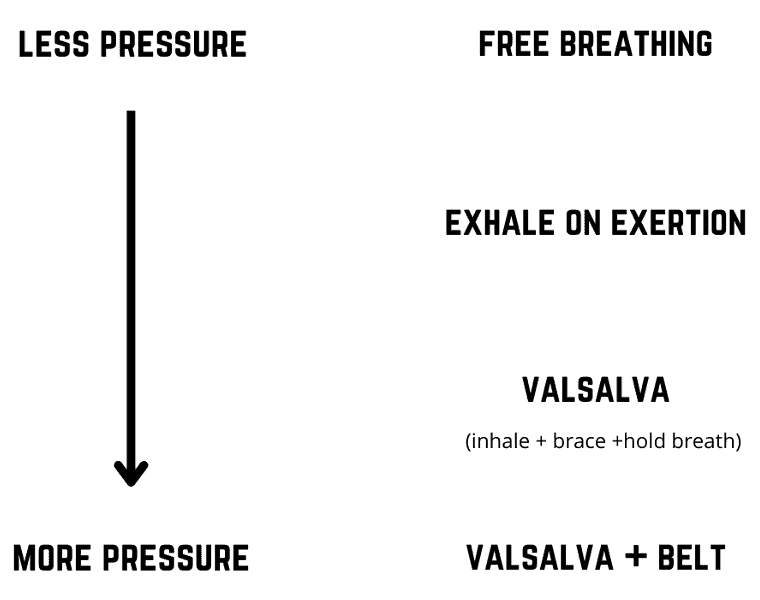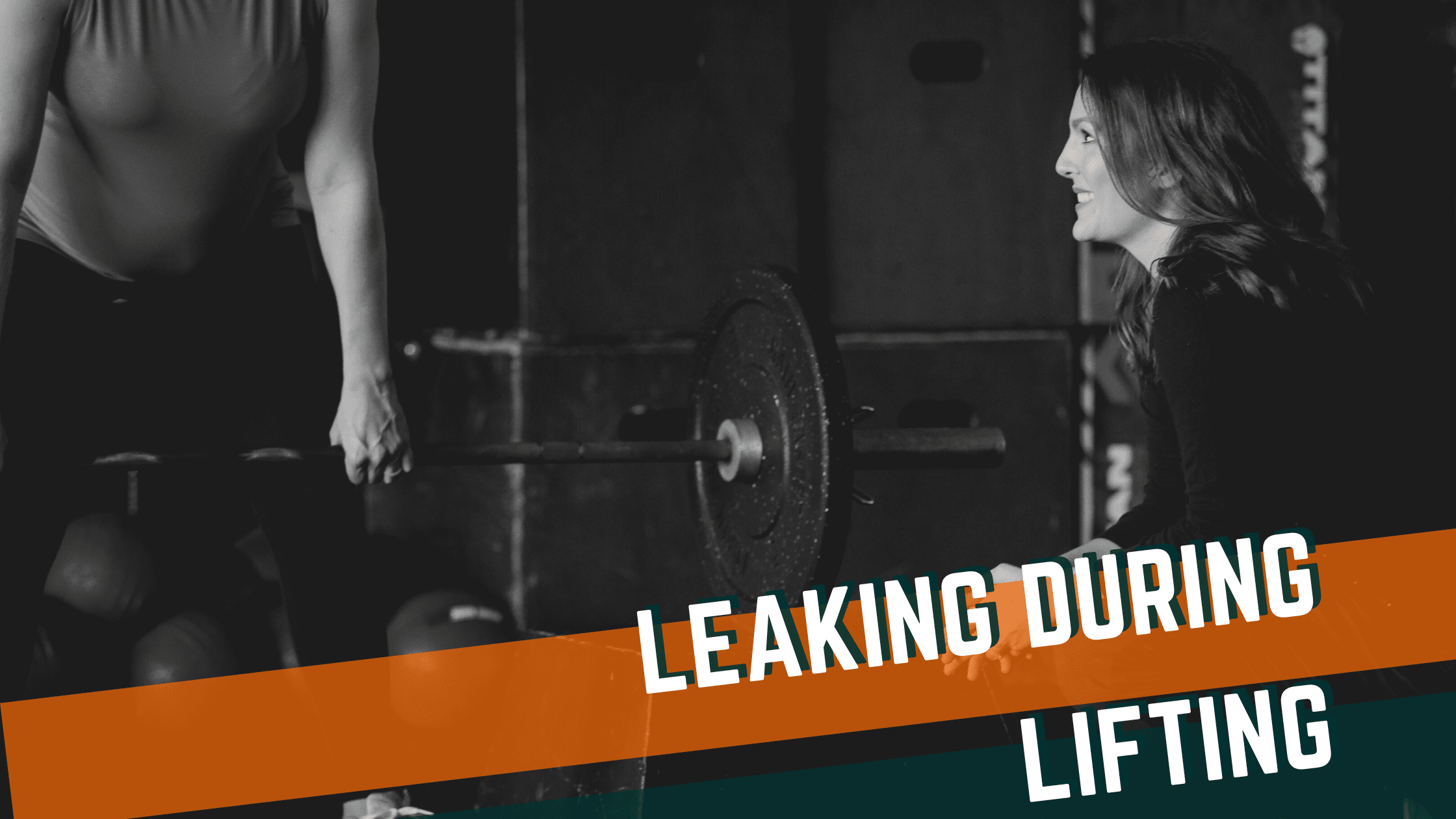
Are you experiencing urine leakage during exercise & lifting?
You’ve been told that leaking urine during lifting “is normal” after having a baby or getting older and lots of women deal with this issue. You’re tired of having a drawer full of black leggings for the gym and having to run to the bathroom to put a pad in just in case you pee during your workout. While it is true that a LOT of women have this issue, you do NOT have to “just live with it!” You can wear the cute, colorful leggings again without fear of leaking urine during exercise!
As specialists in working with women with exercise induced incontinence, we are here to help give you tools to help with this nagging and embarrassing issue.
Here are some tips for hitting the barbell without peeing your pants!
Focus on Proper Bracing to Reduce Leaking Urine During Exercise
View this post on Instagram
Do you know what your pelvic floor is doing when you go in for your lift? Are you bracing and lifting or bearing down?
For a proper brace with lifting, you want to draw the deep abdominal wall in and lift the pelvic floor. Think about zipping but from pubic bone to ribs, or, if you are pregnant, to hug the baby. This will create a strong pelvic floor and core contraction before you lift. Make sure that you are not bearing down in your brace as this will increase pressure on your pelvic floor and typically increase the chance of peeing.
Manage Core Pressure with Breathing Strategies
Once you have the proper bracing down, you can play with your breathing strategies to manage pressure in your core canister to reduce the stress on your pelvic floor.
Start with free breathing with your lifts, then work your way down the chart as you notice less (or no!) leaking.
Free Breathing – this means inhaling and exhaling however you want during the lift. You are not trying to breathe intentionally, just doing what feels natural. This creates the least amount of abdominal pressure and therefore challenges your pelvic floor the least.
Exhale on exertion – this means that you exhale on the hardest part of the lift. I.e. for a deadlift, the pull off of the ground. This will allow you to create more stability with slightly more pressure in the abdominal cavity.
Valsala – Take a deep breath in, hold the breath while you brace the abdominals and lift the pelvic floor. This creates more spinal stiffness to manage heavier weights, but increases challenge to the pelvic floor
Valsalva + Belt – same as above, but with the use of the weight belt to increase spinal stiffness. The belt should not be cinched like a corset, but rather tight enough to allow one finger through. While good to use this strategy for your heaviest lifts, this method puts the most stress on the pelvic floor.
Strengthen the Pelvic Floor
No kegels here! Doing all of the above will strengthen the pelvic floor. But if you are looking for some accessory work to reduce leaking during exercise, try these:
Recent studies have shown that activating the hip rotators and hip adductors can activate the pelvic floor muscles more than a regular kegel, so try these…
Bridge with ball squeeze
Clamshells
These exercises have been shown to reflexively activate the pelvic floor muscles, so if you can’t quite figure out how to do a kegel, these will kick it on for you!
Bird Dogs
Leg Lifts
Want more help stop urine leakage during exercise?
At Onward, our team of fitness-forward physical therapists can help you build the strength and technique needed to get back to being you! Meet with one of our women’s health specialists for more!
Recent Articles
Achilles Tendonitis: Diagnosis & Treatment
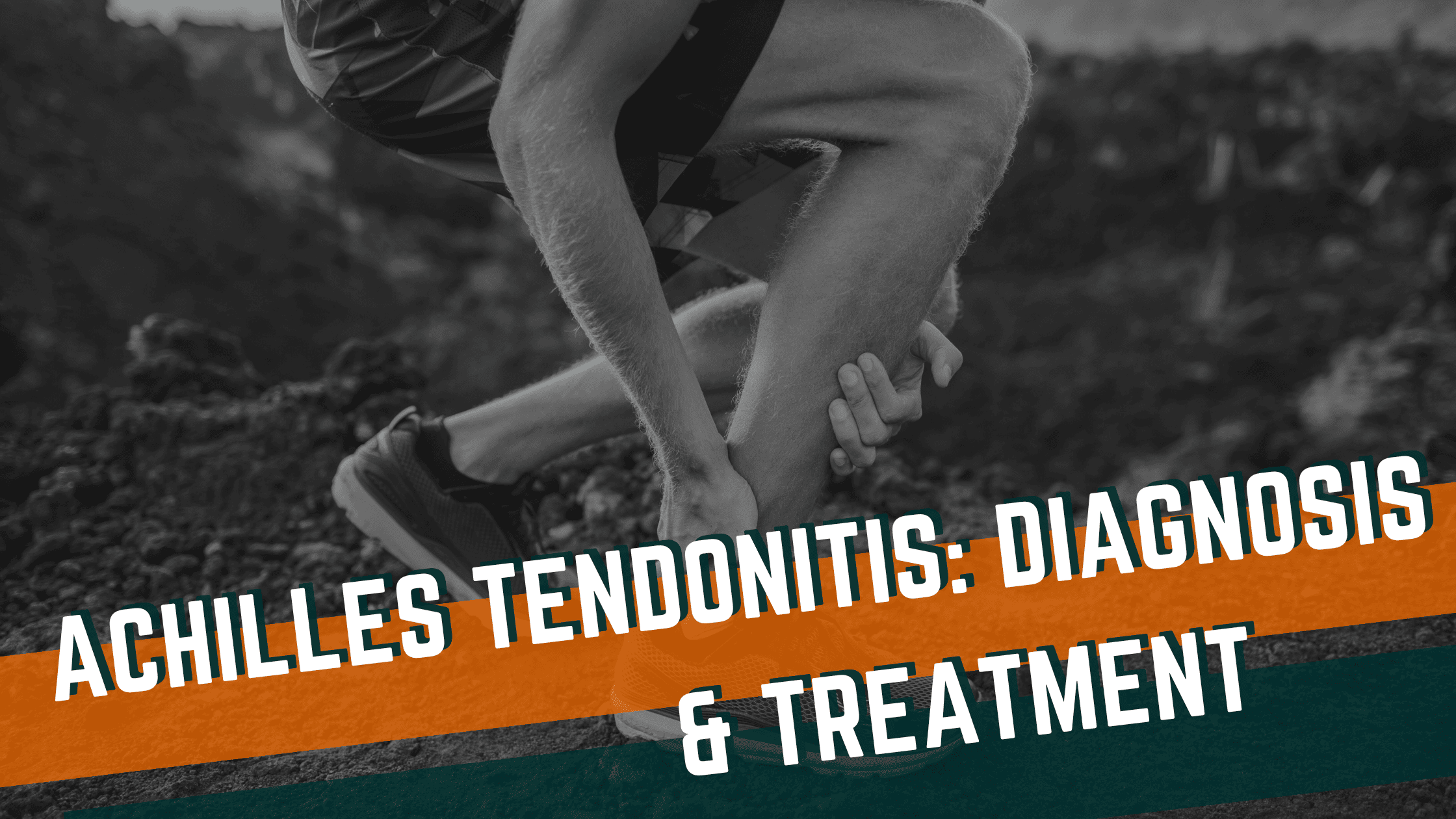
Hip Pain in Runners
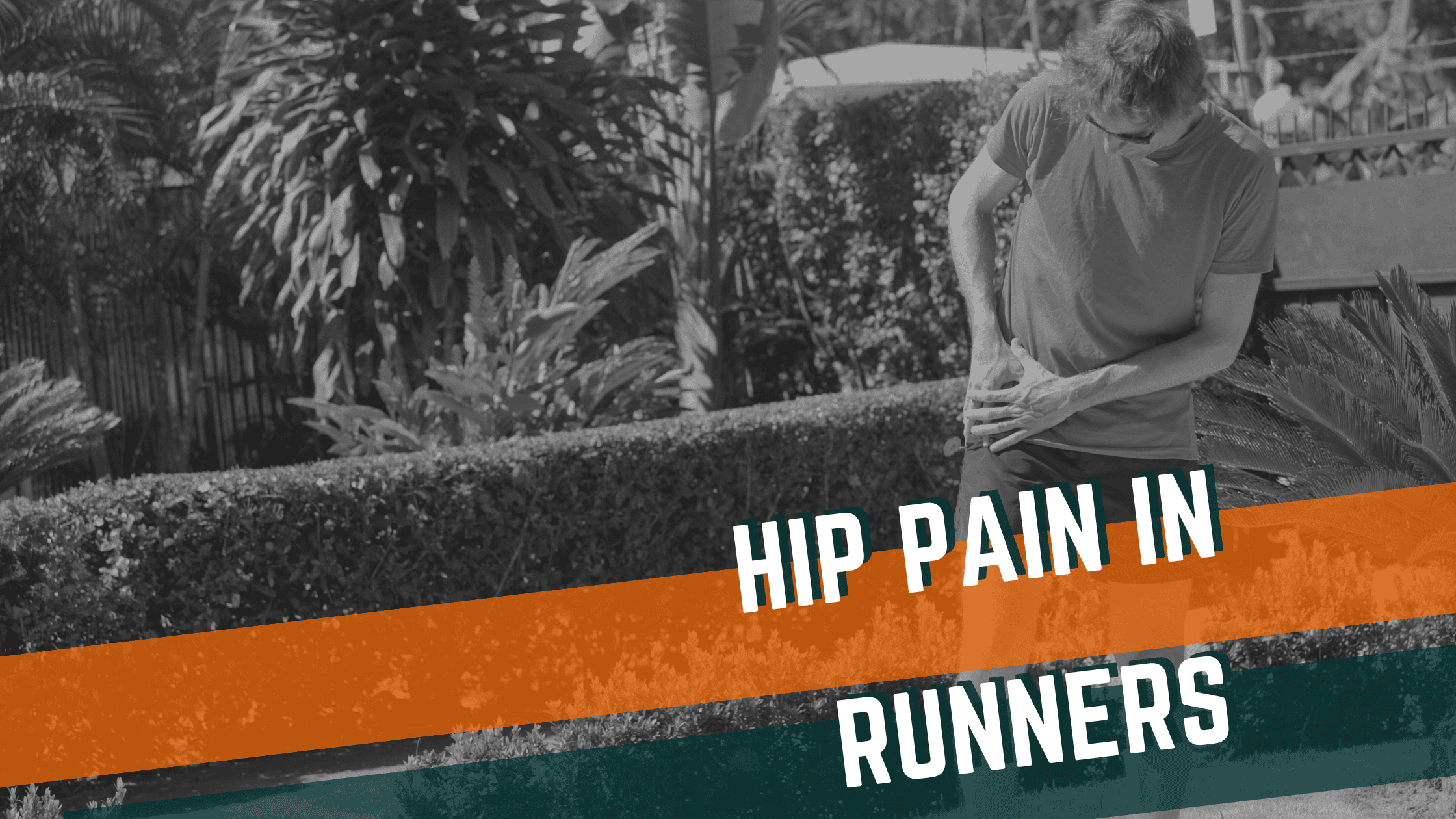
A Guide to Conditions Treated with Dry Needling
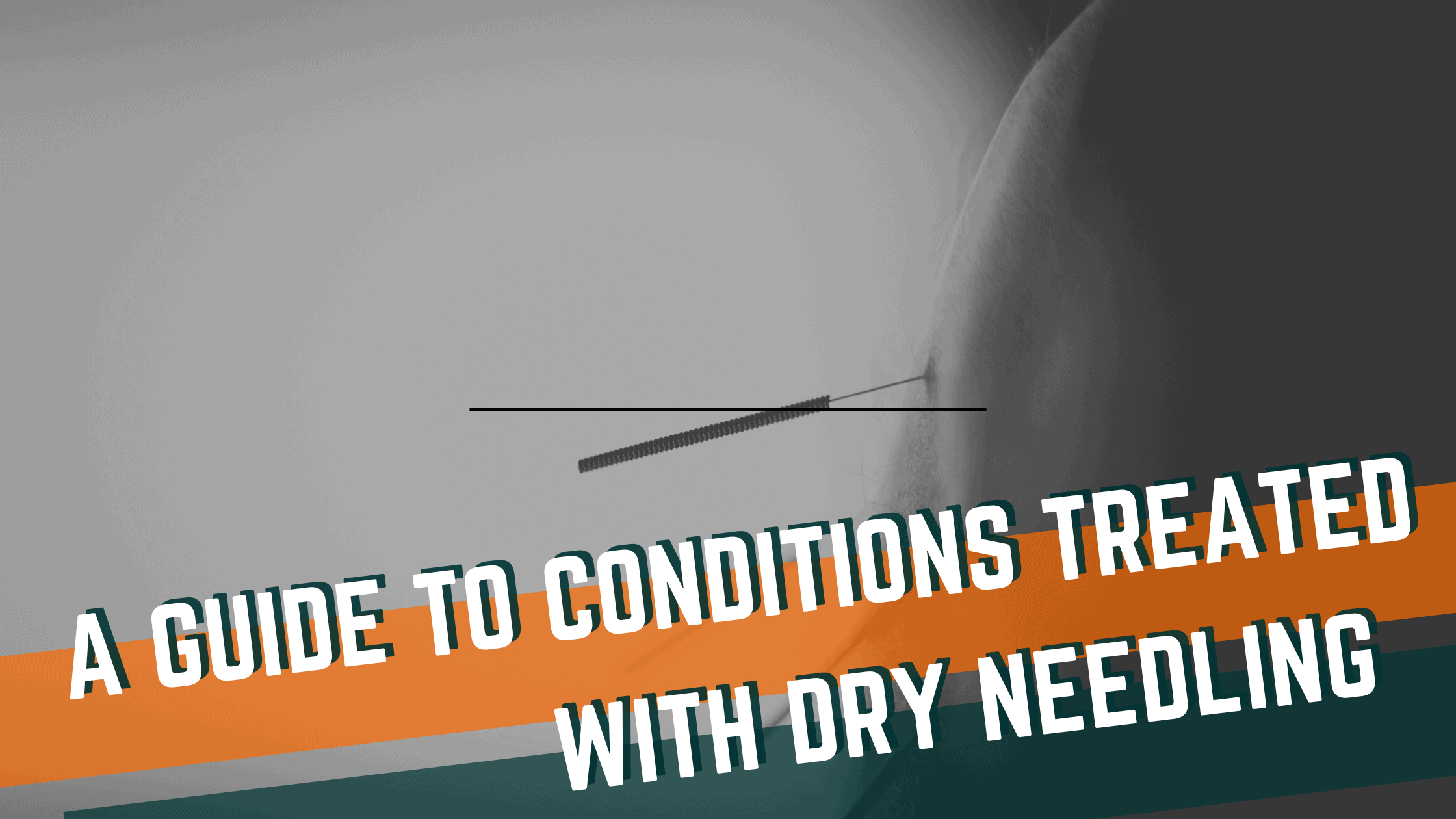
Reconnect to the CORE Postpartum: Pelvic Floor Exercises for Postpartum Healing
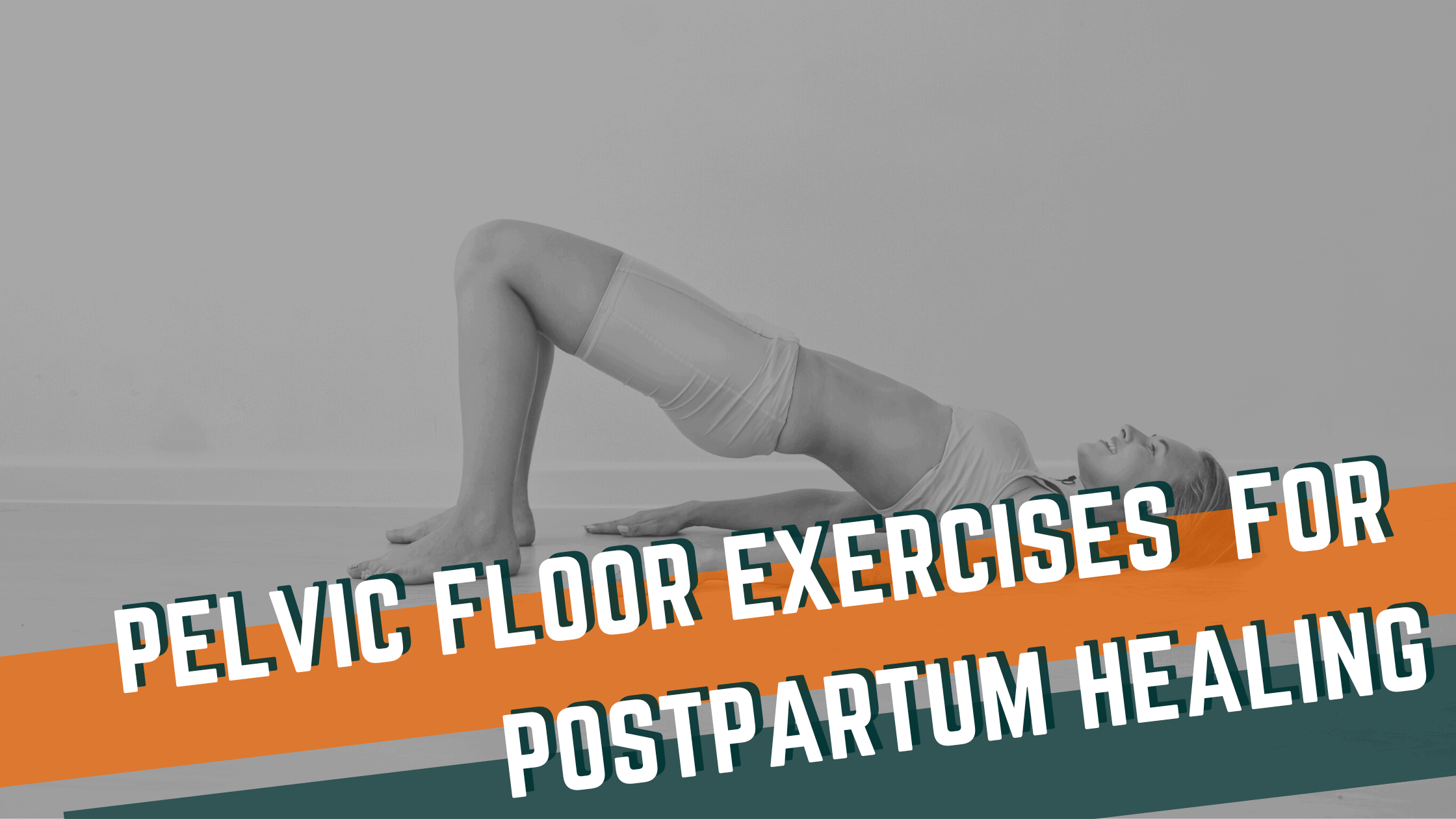
Preventing Back Pain in CrossFit: Key Considerations for Training Safely


